https://youtu.be/5RHwEP_jNoo
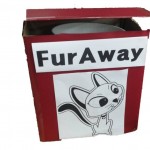 “Fur Away” is a machine that removes animal hair on our clothes. Cat hair is so light and thin, it sticks everywhere in the house and very easy to be seen all over your clothes. It is there even after you put your clothes in laundry machine. With Fur Away, you can simply click the button to activate, and the machine does all the hard work for you. Our main target is pet owner who suffers from animal hair on their clothes.
“Fur Away” is a machine that removes animal hair on our clothes. Cat hair is so light and thin, it sticks everywhere in the house and very easy to be seen all over your clothes. It is there even after you put your clothes in laundry machine. With Fur Away, you can simply click the button to activate, and the machine does all the hard work for you. Our main target is pet owner who suffers from animal hair on their clothes.
We thought of many ways to activate the machine and narrowed down to use static electricity or air suction. We have asked several questions to 30 pet owners (10 students, 10 office workers, 10 house wives), and every single one of them has answered that they are suffering from their own pet’s hair. A majority group of pet owners have answered that they use box tape, and round-shaped modified sticky tape to remove hair. Plus, their most concerning factors were: First, spending too much time to remove hair; Second, difficulty of perfect removal; Third, product’s expendability.
Based on customer needs, we have invented a machine that looks resemble with spin-dryer which use static electricity or air suction. Inside the machine, the cylinder rotates fast and sucks pets’ hair. A strong friction will suck animal hair and capture them perfectly, so pet owners can spend less time to remove them. There were 6 alternative concepts we discussed, and problems are decomposed by creating functions and shapes: 1) Vacuum-Room; 2) Auto-brushing Room; 3) Steam-Room; 4) Adhesion-Flat; 5) Spin-Cylinder; 6) Static-Cylinder. Function tells you how to detach fur from a clothes, and shape means how the other design looks like.
As an example, room shape looks like closet that clothes can be hanged in, flat shape looks like scanner that clothes can be put in unfolded and cylinder shape has form which makes it easy to spin. These 6 concepts are scored and screened to develop the best concept. As a result, our team decided to continue develop Vacuum-room, Spin-cylinder, and Static-cylinder and discontinue others.
We surveyed 20 people who raise pet, and the result is analyzed by Q=NAP. Therefore, we set the price as 80,000Won ($75). Overall, Fur Away enables you to save time and provides convenience in removing animal hair. Also, people are desperate for this product to come out.
Written by So Yea Jeon, Ga hye Kim, Seung Beom Kim, Ji won Hyun, Kyung won Kim, Dong hyun Gim | New Product Development, Spring 2015 | College of Business Administration, Kookmin University
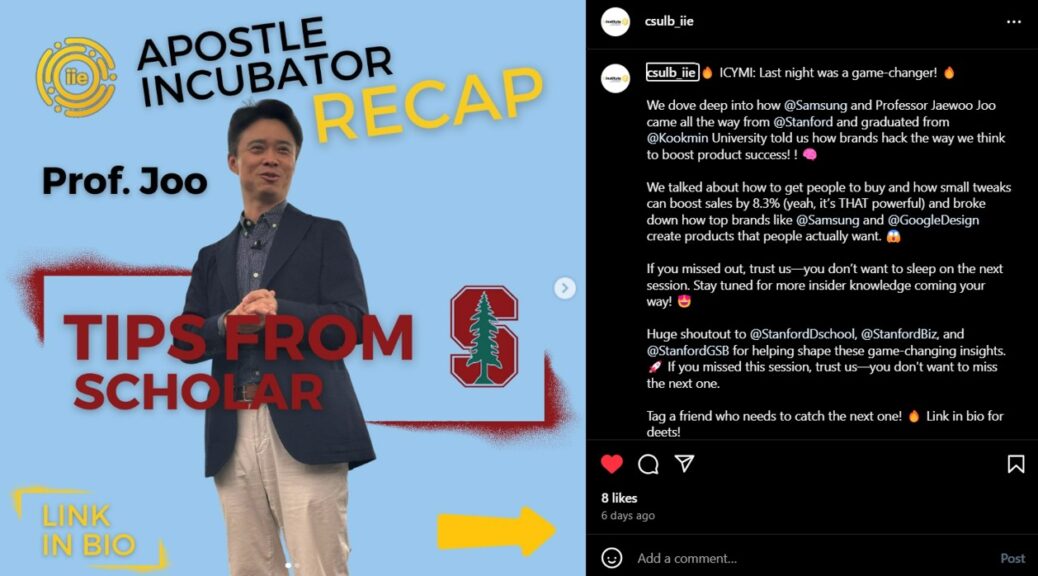


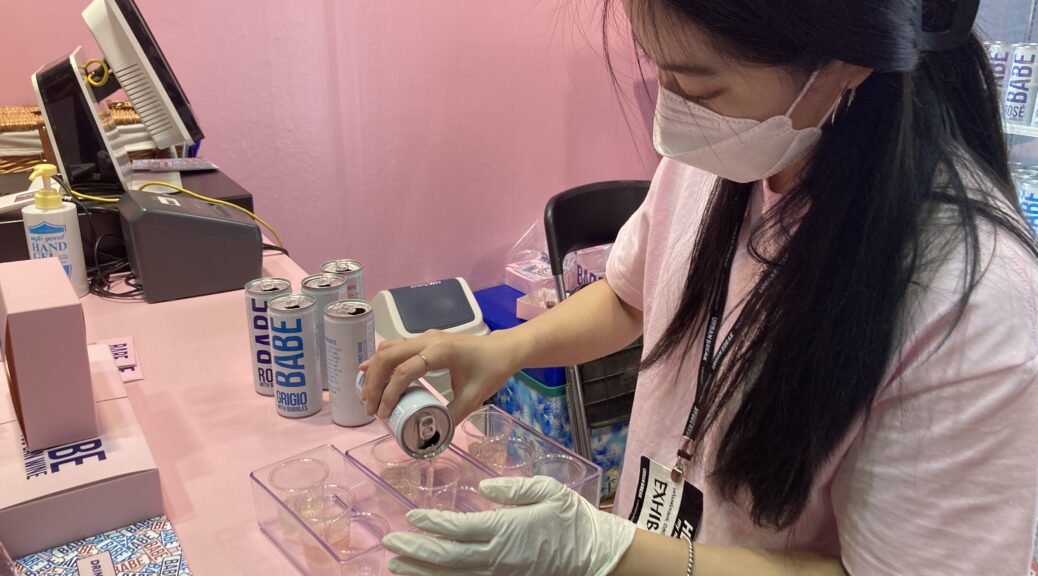

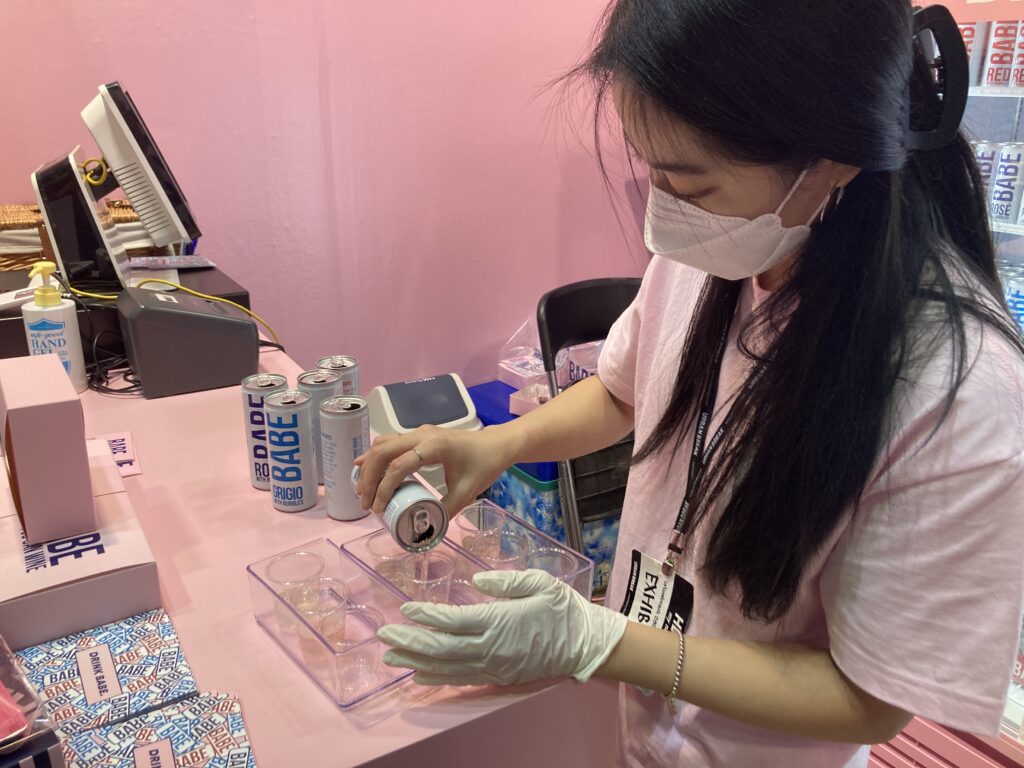

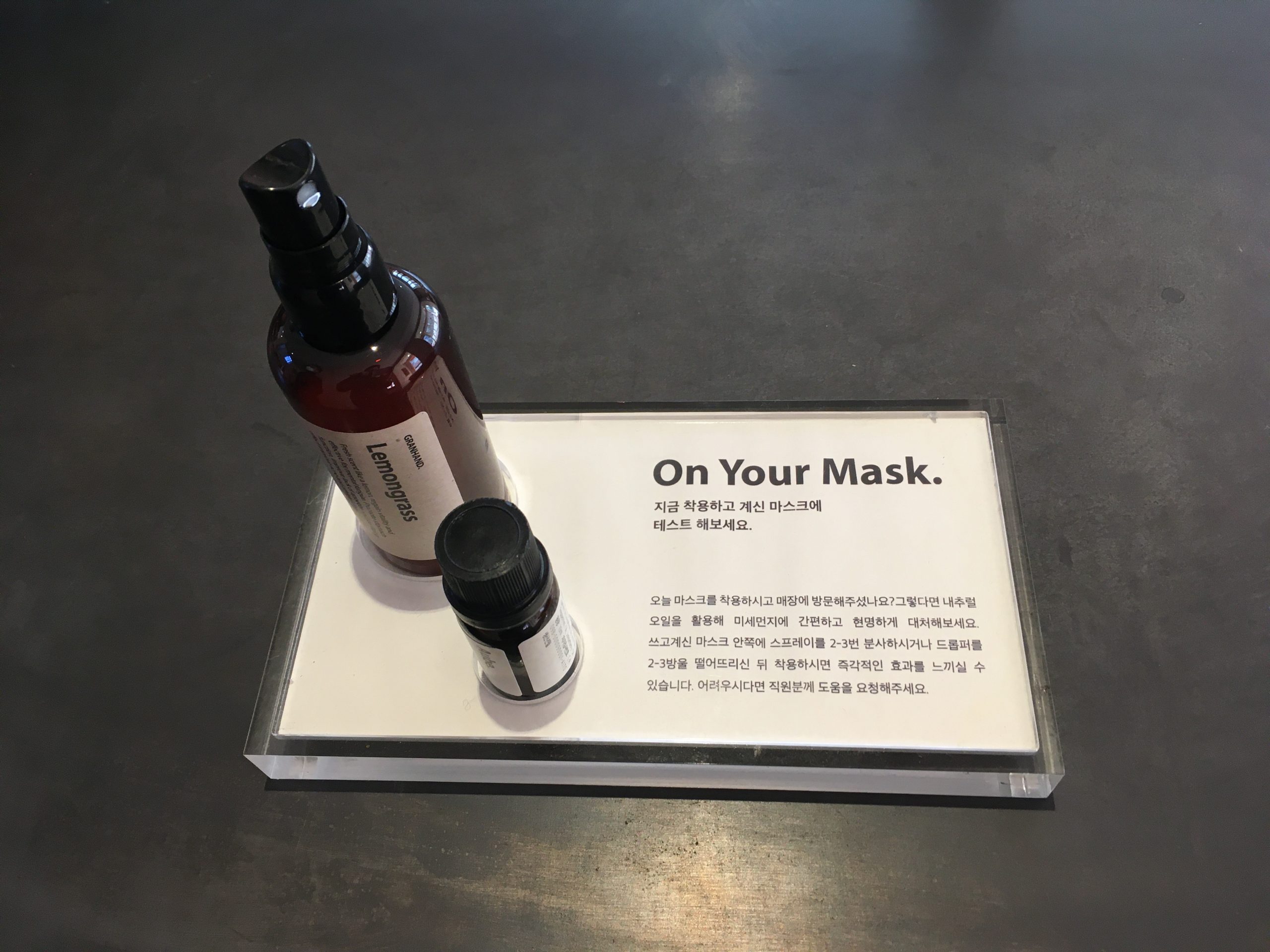
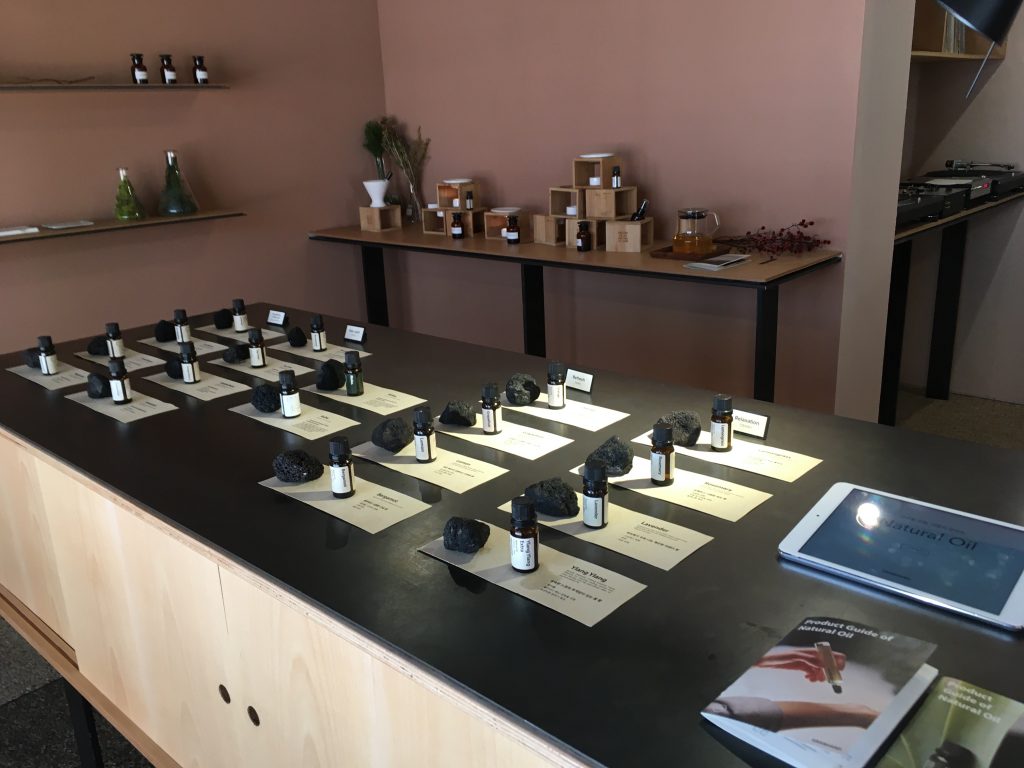

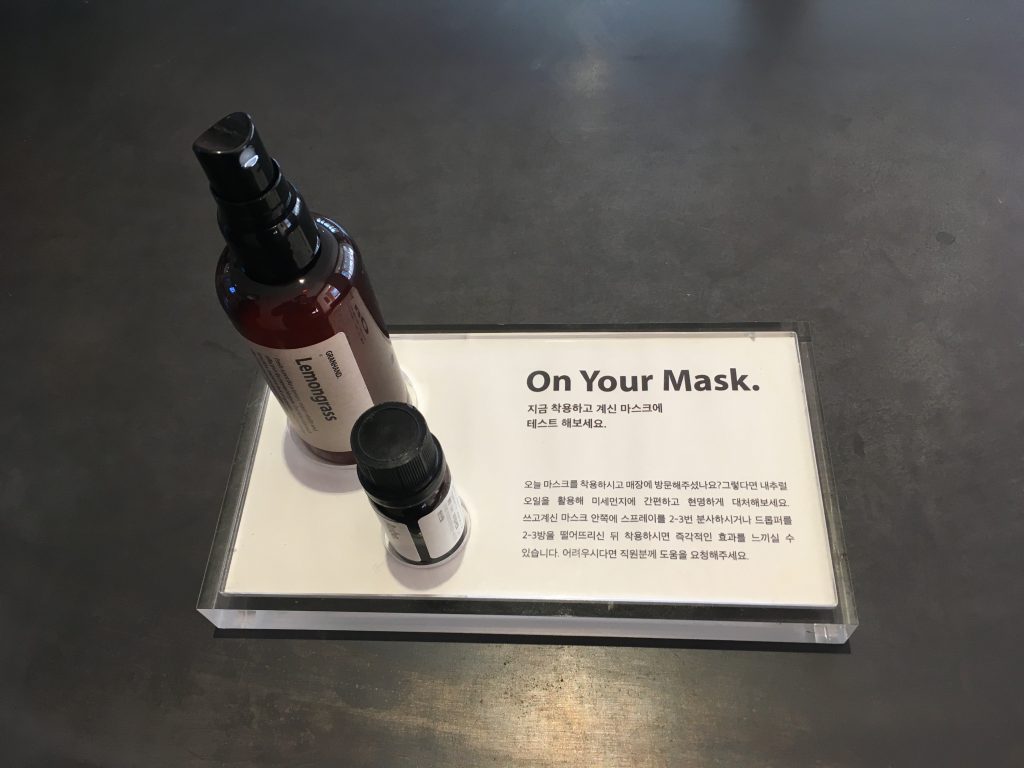


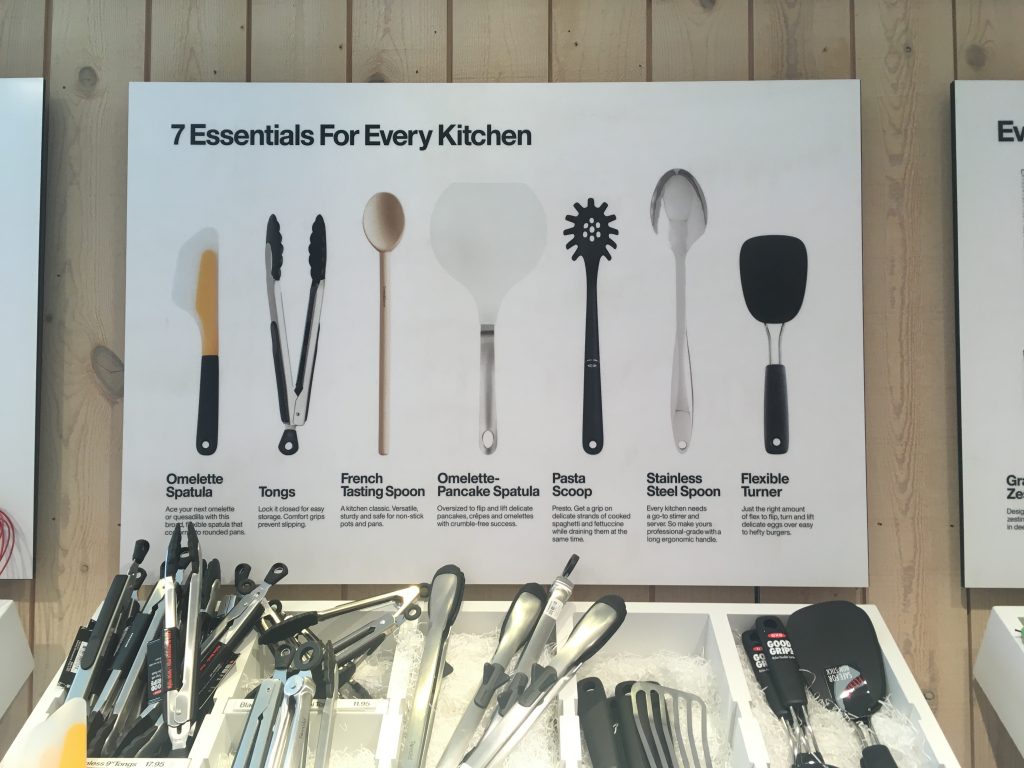



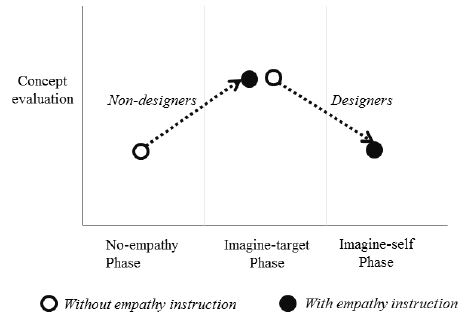

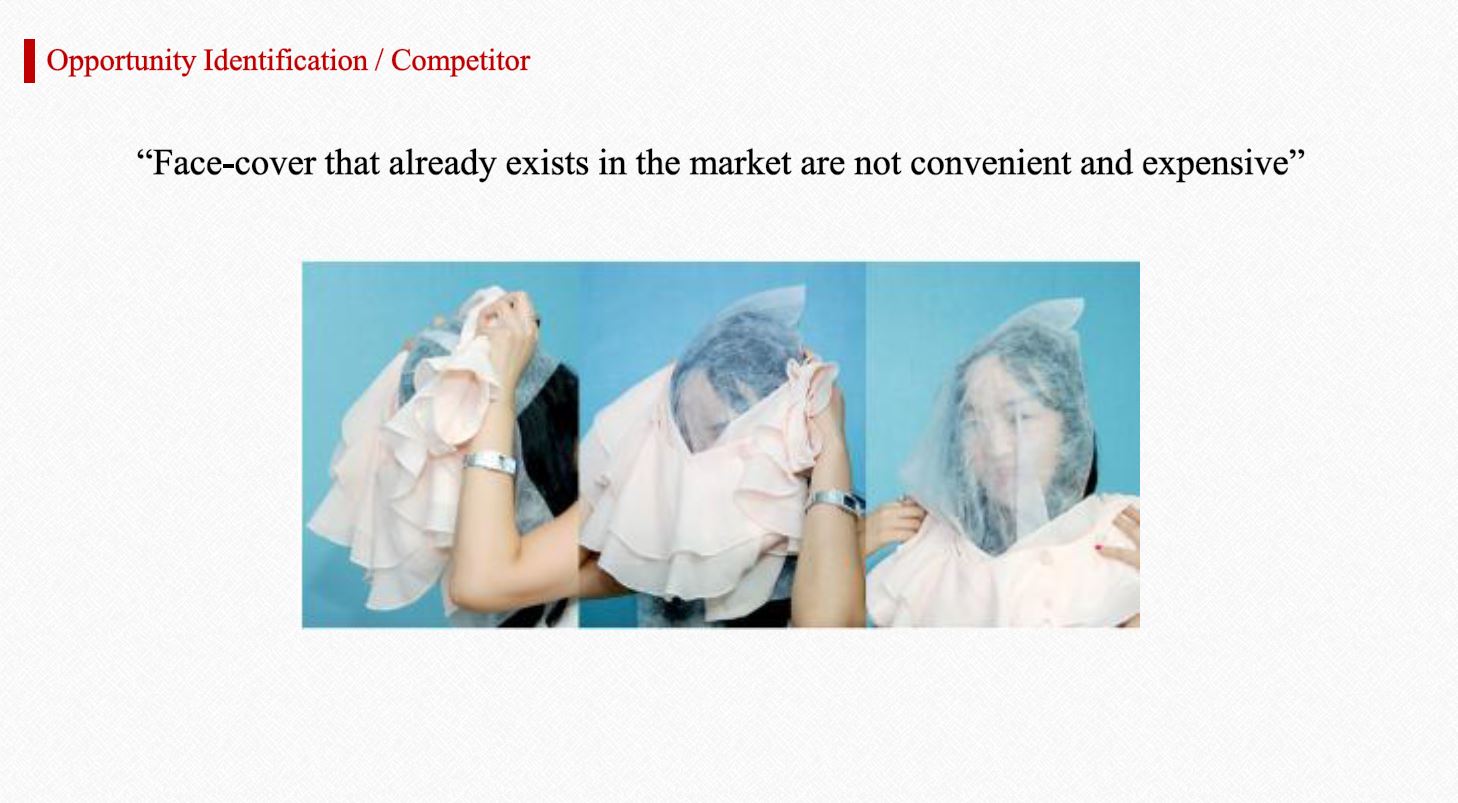
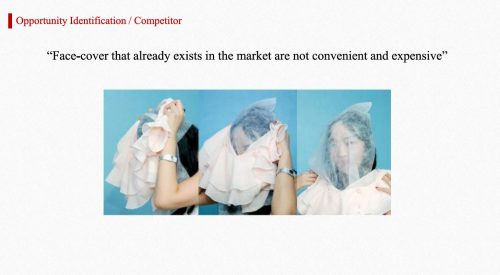 Although Make up stain is classified into temporary stains, it is still hard to be removed as cosmetic is composed with complex chemicals. We have found many people online looking for reactive solutions to remove the makeup stain and sharing the solutions with others. After surveying 70 women, we have realized that every one of them has experienced makeup stain on the shirt and they wished they had a product that can prevent. Out of all the opportunities we have come up with, “Stain Free” was evaluated by RWW Chart as the most feasible with the greatest competitive advantages and it was financially prospective. However, the result was not over “108”, therefore we were still required to improve our opportunity based on the customer’s need. We found the product called “Face Cover” as our potential competitor. However, we also found a number of disadvantages of the product from the reviews on the internet as well as the 1 on 1 interview we conducted. As well, we have drawn a couple of personas with two different life-styles in order to figure out how “Stain Free” will adapt on our customer’s daily life. Eventually, it was clear to see that customers demand the convenient, market available, and affordable product.
Although Make up stain is classified into temporary stains, it is still hard to be removed as cosmetic is composed with complex chemicals. We have found many people online looking for reactive solutions to remove the makeup stain and sharing the solutions with others. After surveying 70 women, we have realized that every one of them has experienced makeup stain on the shirt and they wished they had a product that can prevent. Out of all the opportunities we have come up with, “Stain Free” was evaluated by RWW Chart as the most feasible with the greatest competitive advantages and it was financially prospective. However, the result was not over “108”, therefore we were still required to improve our opportunity based on the customer’s need. We found the product called “Face Cover” as our potential competitor. However, we also found a number of disadvantages of the product from the reviews on the internet as well as the 1 on 1 interview we conducted. As well, we have drawn a couple of personas with two different life-styles in order to figure out how “Stain Free” will adapt on our customer’s daily life. Eventually, it was clear to see that customers demand the convenient, market available, and affordable product.
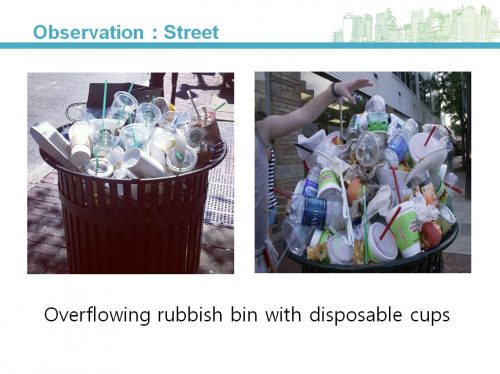
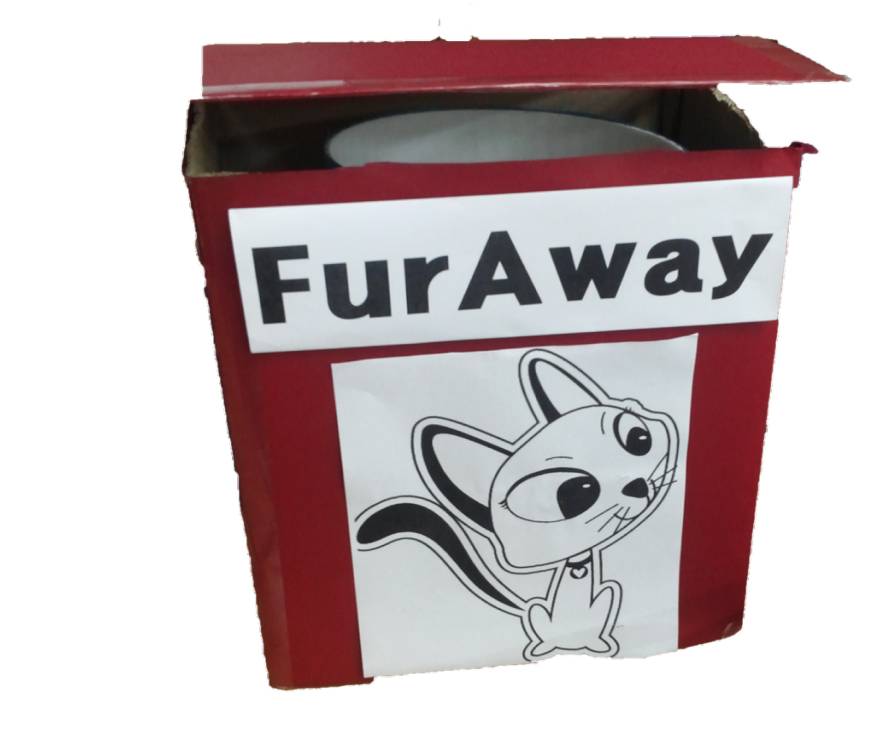
 “Fur Away” is a machine that removes animal hair on our clothes. Cat hair is so light and thin, it sticks everywhere in the house and very easy to be seen all over your clothes. It is there even after you put your clothes in laundry machine. With Fur Away, you can simply click the button to activate, and the machine does all the hard work for you. Our main target is pet owner who suffers from animal hair on their clothes.
“Fur Away” is a machine that removes animal hair on our clothes. Cat hair is so light and thin, it sticks everywhere in the house and very easy to be seen all over your clothes. It is there even after you put your clothes in laundry machine. With Fur Away, you can simply click the button to activate, and the machine does all the hard work for you. Our main target is pet owner who suffers from animal hair on their clothes.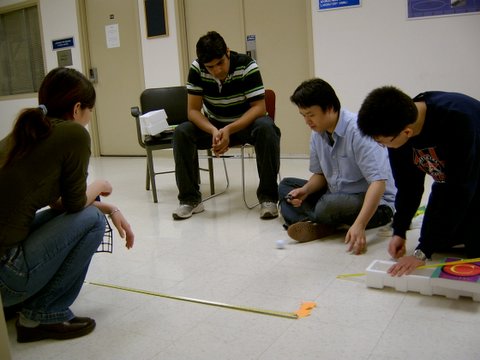
 Although integrating design and marketing is critical for successful new product development (NPD), there has been a limited attention to the potential problems that arise during the NPD process and their possible solutions in academic literature. In order to narrow this gap, our study conducted a series of surveys of an interdisciplinary class project between marketing and design students over two year periods and identified two major potential problems: (1) conflict from the functional background, and (2) the conflict from imbalanced decision-making authority between design and marketing. In order to resolve such conflict, we found the two contrasting solutions: (1) facilitating communication to enhance cross-functional integration between the two groups and (2) prohibiting communication to protect each group. Our findings contribute to the formation of a theoretical basis for research on the topic of design-marketing integration.
Although integrating design and marketing is critical for successful new product development (NPD), there has been a limited attention to the potential problems that arise during the NPD process and their possible solutions in academic literature. In order to narrow this gap, our study conducted a series of surveys of an interdisciplinary class project between marketing and design students over two year periods and identified two major potential problems: (1) conflict from the functional background, and (2) the conflict from imbalanced decision-making authority between design and marketing. In order to resolve such conflict, we found the two contrasting solutions: (1) facilitating communication to enhance cross-functional integration between the two groups and (2) prohibiting communication to protect each group. Our findings contribute to the formation of a theoretical basis for research on the topic of design-marketing integration.

